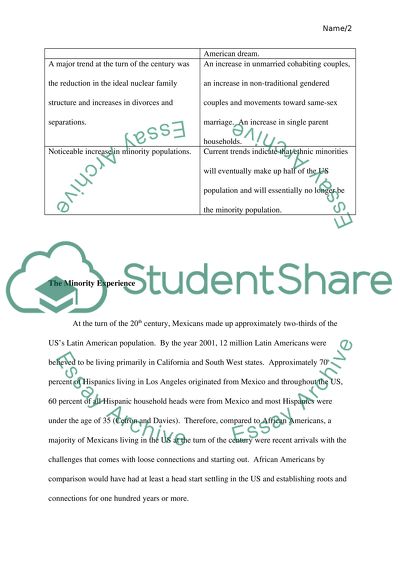Cite this document
(“Trends at the Turn of the Century Essay Example | Topics and Well Written Essays - 5000 words”, n.d.)
Retrieved from https://studentshare.org/history/1482033-trends-at-the-turn-of-the-century
Retrieved from https://studentshare.org/history/1482033-trends-at-the-turn-of-the-century
(Trends at the Turn of the Century Essay Example | Topics and Well Written Essays - 5000 Words)
https://studentshare.org/history/1482033-trends-at-the-turn-of-the-century.
https://studentshare.org/history/1482033-trends-at-the-turn-of-the-century.
“Trends at the Turn of the Century Essay Example | Topics and Well Written Essays - 5000 Words”, n.d. https://studentshare.org/history/1482033-trends-at-the-turn-of-the-century.


